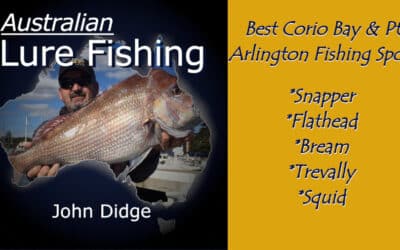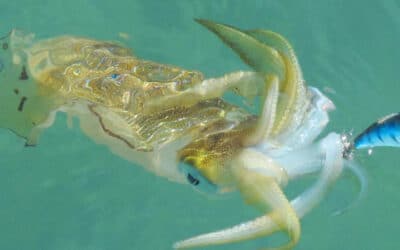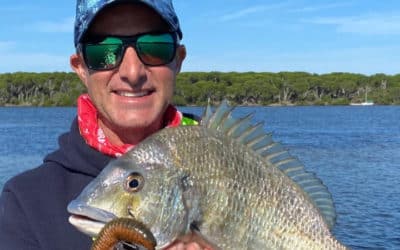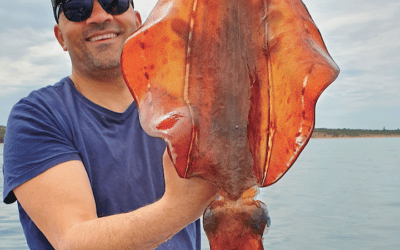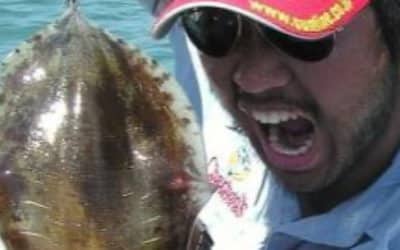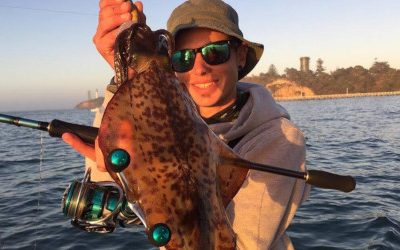Usually trolling isn’t the first technique that comes to mind when we talk about catching squid, but for Greg Lamprecht it’s proven to be a deadly technique.
The Ultimate Guide to Squid Jigging: Catching Squid with Lures
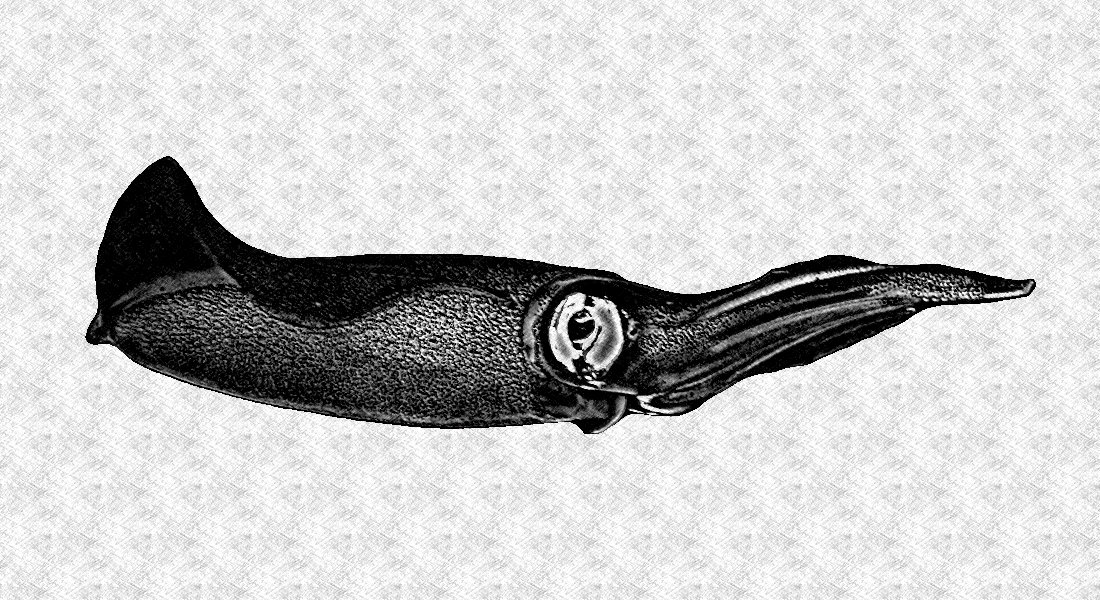
Are you passionate about jigging for squid and want to learn the best techniques for catching squid with lures? Whether you’re a seasoned angler or a beginner, this comprehensive guide will provide you with all the tips and tricks you need to master the art of squid jigging. From the best gear to use to the top locations for squid fishing in Australia, we’ve got you covered.
Why Squid Jigging?
Squid jigging is not only a fun and exciting way to fish, but it also yields delicious rewards. Squid are highly sought after for their tender and flavourful meat, making them a favorite among seafood lovers. In many places, squid fishing can be done year-round, providing ample opportunities for anglers to hone their skills. Plus, they are a prolfic and productive species, so the fishery is sustainable.
Best Locations for Squid Fishing in Australia
- Southern Queensland: Arrow and tiger squid are prevalent in areas with clean, clear water and structures like weed beds, reefs, and rock walls. Key locations include Peel, Green, Goat, Bird, Mud, and King Islands, as well as Moreton and Stradbroke’s western weed beds.
- Victoria: Popular spots include Clifton Springs, St Leonards, Queenscliff, Portarlington, and Indented Heads. High tide and dusk are the best times for these areas.
- South Australia: Peak times include October to December at Fleurieu Peninsula, May to August at Eyre Peninsula, and December to March at Gulf St Vincent and Encounter Bay.
- Tasmania: Renowned for its abundant squid populations, top fishing spots include Eaglehawk Neck, Hobart’s Derwent River, and the Tasman Peninsula. The best times are during the cooler months, particularly from March to June.
- New South Wales: Sydney Harbour, Botany Bay, and Jervis Bay are excellent locations for squid fishing. Squid can be caught year-round, but the period from late autumn to early spring is especially productive.
- Northern Territory: Darwin Harbour and its surrounding areas are prime spots for squid fishing. The dry season from May to October offers the best conditions with clearer waters.
- Western Australia: The waters around Fremantle, Rottnest Island, and the southern coastal regions like Albany and Esperance are ideal for squid fishing. The prime months are from November to April.
Techniques for Squid Jigging
Common advice for newbies to working squid jigs involves a sequence of whips/jigs followed by allowing the jig to sink back and even hit the bottom. In particularly snaggy areas, allow the jig to sink close to bottom to and then whip the rod tip up again. More often than not the squid will take the jig on the drop. Snagged jigs can usually be recovered, especially when fishing from a boat. Slow rolling the jig close to the bottom can also work, at times.
Squid can usually be caught right through the day by working shallow, rocky or weedy areas with good water clarity, plenty of flow and an abundance of baitfish or prawns. Night fishing near artificial lights is also very effective as the light pools generally attract baitfish, which in turn attract squid.
Timing and Conditions
- Best Times: In northern Australia the dry season brings clearer inshore waters, which coincides with the squid migration to shallow waters for spawning. In southern Australia the warmer months are often more productive.
- Tides: High tides allow the squid to move in very close to shore, where they like to hunt. But in many places squid can be caught right through the tidal cycle. They key thing is to have water movement and look for pressure points where squid can ambush bait caught in the current.
- Water Clarity: Clear water and still conditions are generally preferred by squid and increase the thrill of spotting and targeting them.
Essential Equipment for Squid Jigging
- Rods, reels, lines and leaders: Squid can be caught on just about any decent flathead, snapper or jewfish rod that you’d use to cast soft plastics around estuaries. However, you’ll definitely do even better with specialised gear. Longer rods of 8ft (or more) are perfect, especially if you’re land-based fishing. Softer rods with parabolic cuves tend to wrk the jigs more effectively and reduce the number of squid that are lost.
- Squid Jigs: Preferences for jig types vary from location to location. Jigs are available in different sizes, weights and colours. Which one you choose depends on water clarity, depth and the preferences of the squid on the day.
ALF Episodes About Squid Jigging (aka “Eging”)
The ALF episodes below either focus 100% on how to catch squid on jigs, or they have a significant component about targeting this species.
- Squid are prized by anglers for their hunting prowess, the challenge they present and their wonderful eating qualities
- Squid fishing is a popular year-round activity in Australia, though the best times to catch them often depend on local conditions and species
- The best squid fishing typically occurs over seagrass beds, rocky reefs, and areas with plenty of underwater structure where they can ambush prey
- Highly adaptable and can be found in both deep and shallow waters, making them accessible to both shore-based and boat anglers.
- Squid are known for their excellent vision and rapid color-changing abilities
Several species of squid are commonly targeted by anglers in Australia, including:
- Southern Calamari (Sepioteuthis australis): Found in southern waters, particularly around Tasmania, Victoria, and South Australia.
- Arrow Squid (Nototodarus gouldi): Common in southern and eastern waters, including New South Wales and Victoria.
- Tiger Squid (Sepioteuthis lessoniana): Predominantly found in northern waters, including Queensland and Northern Territory.
- Size: For Northern and Southern Calamari, use jigs in the 1.5 to 3.5 size range.Arrow Squid may prefer slightly larger jigs.
- Water Clarity: Natural colors like brown, green, and blue are effective in clear water. Use pink, orange, or red in dirty water.
- Night Fishing: Some anglers prefer glow-in-the-dark jigs for night fishing.
- Weight: Generally, the lightest jig that gets near the bottom will have the best action. Heavy jigs are for deep water or strng currents
Episode 557: Corio Bay & Geelong Fishing Spots With John Didge
John Didge Radio...
Exceptional Gold Coast Squid Fishing With Clint Ansell
The biomass of squid on the Gold Coast is extraordinary, so for anyone keen on pleasant a day out on the water with a tasty seafood treat at the end is in for a treat! Clinton Ansell is a GC based fishing guide who really knows his way around the squid – and so will you after listening to his interview!
Episode 532: Top Brisbane Landbased Fishing Spots In Winter With Beau Rixon
Brisbane offers an astonishing range of land based fishing options to suit anglers of all skill levels, ranging from the hunble flathead right through to tailor, squid, bass and jewfish. Local fishing tutor and land-based guide Beau Rixon spends a lot of time fishing the area from the shore and teaching others to do the same, so for today’s episode I invited Bea to jump onboard and share some of his favourite land based spots.
Episode 530: Phillip Island Squid With Nev Hayes
Squid are a great target at Phillip Island at any time of year, but today’s guest, Nev Hayes, reckons the winter months are when the really big squid come out to play. To qualify this statement, he caught a 50cm hood length squid just a week before this interview!
Episode 527: Best Botany Bay Winter Fishing Spots With Gary Brown
Botany Bay is an incredibly productive system and in the winter months the crowds thin out and the fishing goes off! Gary Brown has written numerous books and articles on fishing Botany Bay and in today’s ALF episode he shares his favourite winter fishing spots.
Episode 513: Five Best Winter Fishing Options For Melbourne With Lee Rayner
Looking for winter fishing options around Melbourne? Lee Rayner reckons southern fishing can be spectacular in the cooler months.
Episode 378: Melbourne Eging With Kosta Linardos
Squidding is a super popular pastime around Melbourne over the cooler months and Kosta Linardos’ tips will help make it even more productive and fun.
Episode 371: Hervey Bay Squid With Tri Ton
Northern calamari are fun to target, visual and of course are a tasty form of fresh seafood. Guide Tri Ton shares tips for targeting them.
Episode 193: Great Sandy Straits Squid With Phippsy
The Great Sandy Straits is a fishing paradise with sheltered waters and numerous species to target. In this episode Phippsy takes us to the Straits in search of the tasty tiger and arrow squid that are prolific there.
Sydney Calamari Squid With Ben O’Brien
The greater Sydney area has no shortage of prime calamari squid fishing options, explains local fishing journalist and sponsored angler Ben O’Brien. Find out more in this episode.
Episode 44: Port Phillip Bay Squid With Jesse Rotin
Squidding is more absorning and more challenging than most anglers realise. In this episode Jesse Rotin explains his strategies for finding and catching squid in Melbourne’s Port Phillip Bay.


